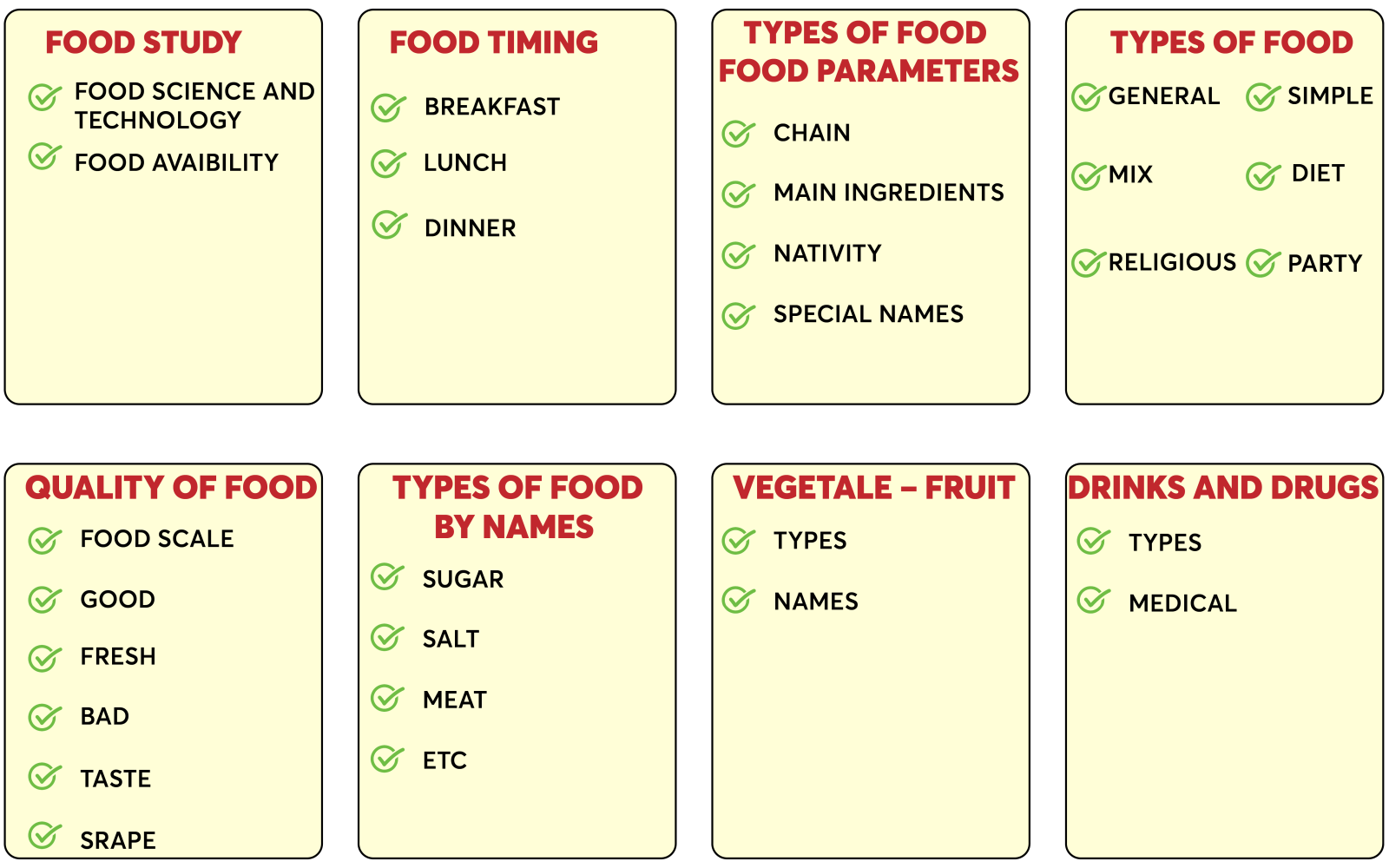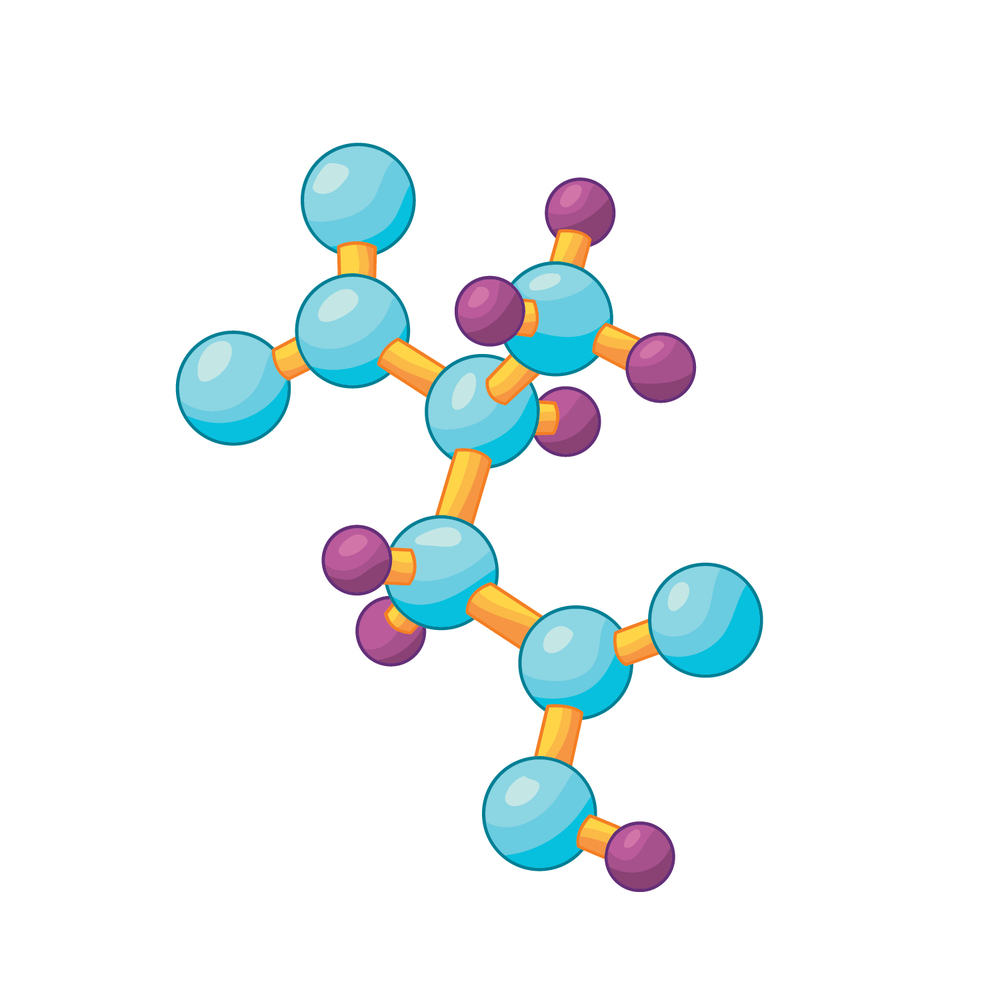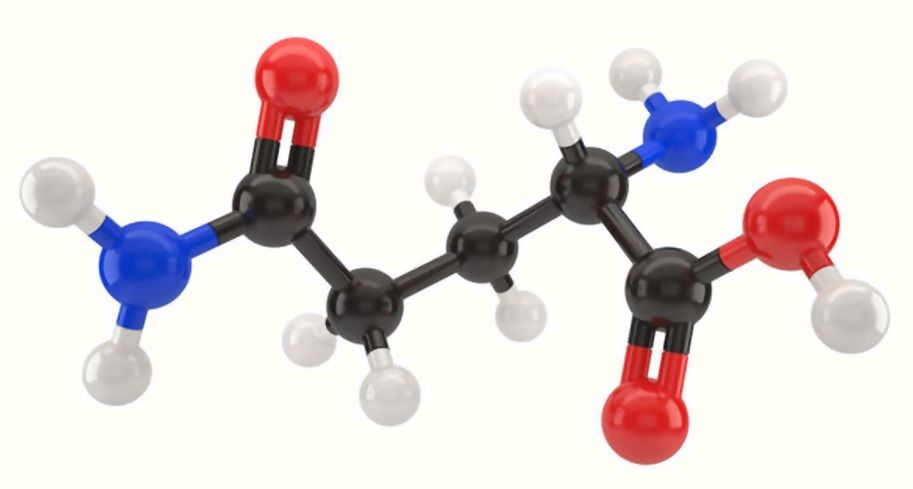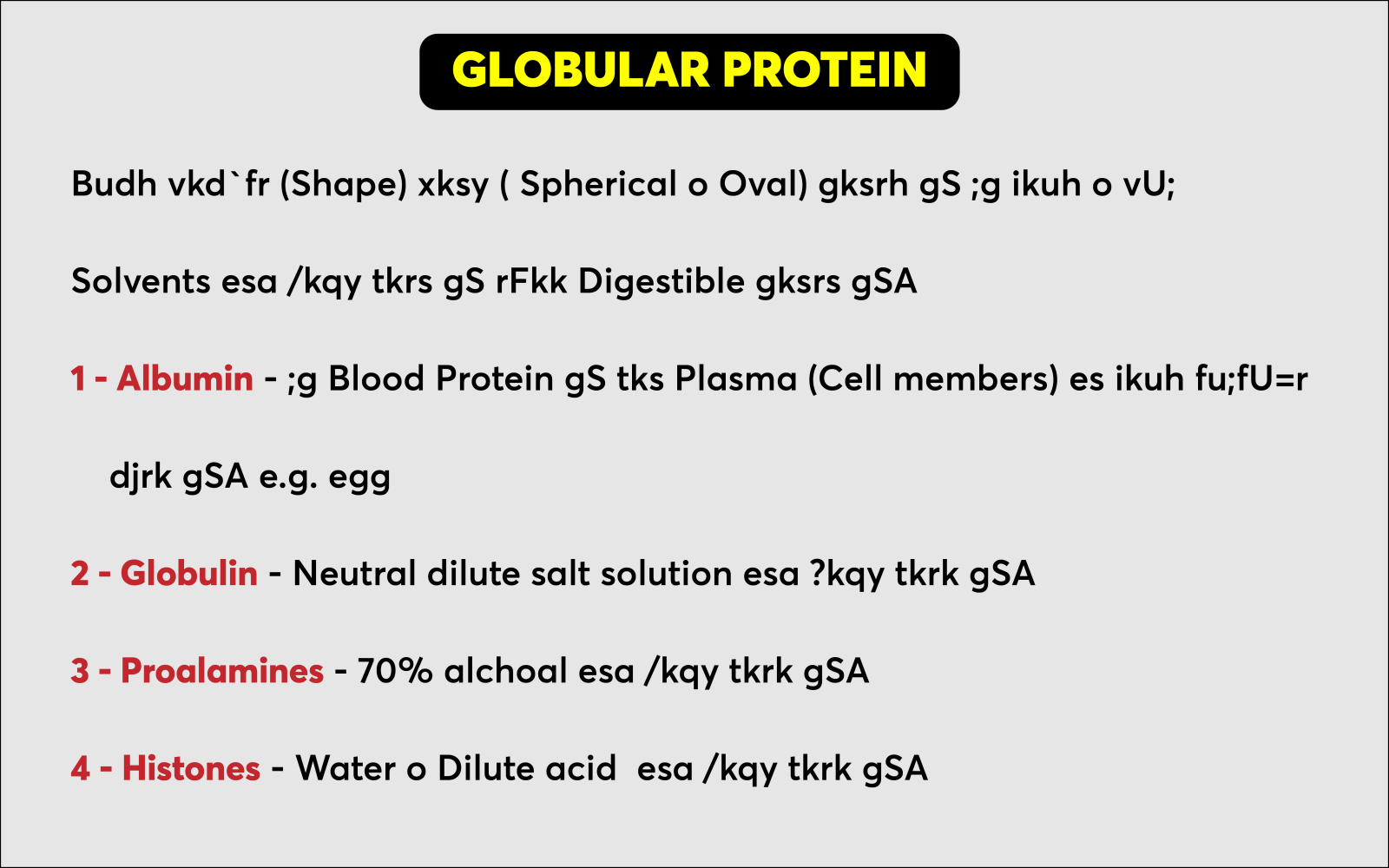100 suất học đặc biệt sẽ cùng được học toàn diện về y học dinh dưỡng khoa học từ A đến Z cùng với một người thầy đặc biệt đến từ Ấn Độ.
Đó chính là Master Vikrant Rohin, người đã từng 8 lần chinh phục cuộc thi khó nhất hành tinh UPSC.
Được thế giới đánh giá người có kiến thức đúng và toàn diện nhất thế giới.

Master Vikrant Rohin
Master Vikrant Rohin khai sáng con đường học trên mọi lĩnh vực, giúp chúng ta đạt được sự tự do về tri thức và thành công trong cuộc sống. Ông dành cuộc đời mình để giúp khai sáng và lan rộng tri thức cho những ai đang trên con đường tìm kiếm tri thức thật.
Với sự am hiểu trên mọi phương diện y học khoa học dinh dưỡng, từ cấu trúc DNA, RNA, giải phẫu, hệ thống y tế, bác sĩ, thực phẩm, văn hoá, lịch sử dược liệu, triết học, y học, công nghệ,…Master Vikrant Rohin sẽ mang đến cho chúng ta sự hiểu biết chính xác đến từng milimet của tất cả các phương diện trên.
CHÚNG TA SẼ ĐƯỢC HỌC NHỮNG GÌ TRONG KHÓA HỌC NÀY?

Chúng ta sẽ không còn phải bước đi trên con đường u minh nữa, tất cả sẽ được khai sáng và hiện rõ sự thật trong khoá học này, mọi thứ sẽ được giải thích một cách đơn giản dễ hiểu nhất mà ai cũng sẽ học được.
Hàng ngày chúng ta ăn gì, uống gì, tác dụng của dược phẩm, thuốc lên cơ thể ra sao, tại sao lại có phương pháp này, phương pháp kia, …tất cả sẽ được khai sáng trong khoá học này. Mọi sự đã đủ cho bạn trong khoá học này.
MAIN INGREDIENTS OF FOOD PROTEIN
Protein - any of a large group of nitrogenous organic compounds that are essential constituents of living cells; consist of polymers of amino acids; essential in the diet of animals for growth and for repair of tissues; can be obtained from meat and eggs and milk and legumes; "a diet high in protein"
PROTEIN FORMATION AND SHAPE
A protein molecule is made from a long chain of these amino acids, each linked to its neighbor through a covalent peptide bond (Figure ). Proteins are therefore also known as polypeptides. Each type of protein has a unique sequence of amino acids, exactly the same from one molecule to the next. Many thousands of different proteins are known, each with its own particular amino acid sequence.

Protein molecule
A peptide bond. This covalent bond forms when the carbon atom from the carboxyl group of one amino acid shares electrons with the nitrogen atom (blue) from the amino group of a second amino acid. As indicated, a molecule of water is lost in this condensation REACTION.
The repeating sequence of atoms along the core of the polypeptide chain is referred to as the polypeptide backbone. Attached to this repetitive chain are those portions of the amino acids that are not involved in making a peptide bond and which give each amino acid its unique properties: the 20 different amino acid side chains (Figure ). Some of these side chains are nonpolar and hydrophobic (“water-fearing”), others are negatively or positively charged, some are reactive, and so on. Their atomic structures are presented in Panel 3-1, and a brief list with abbreviations is provided in.

TYPES OF AMINO ACID
The term amino acid is short for α-amino [alpha-amino] carboxylic acid. Each molecule contains a central carbon (C) atom, called the α-carbon, to which both an amino and a carboxyl group are attached.
The name “amino acid” is derived from the amino group and carboxyl-acid-group in their basic structure.
Amino group, in chemistry, functional group that consists of a nitrogen atom attached by single bonds to hydrogen atoms, alkyl groups, aryl groups, or a combination of these three.
An organic compound that contains an amino group is called an amine.

 Aminoalkanoic acid - organic compounds containing an amino group and a carboxylic acid group; "proteins are composed of various proportions of about 20 common amino acids"
Aminoalkanoic acid - organic compounds containing an amino group and a carboxylic acid group; "proteins are composed of various proportions of about 20 common amino acids"
 Organic compound - any compound of carbon and another element or a radical
Organic compound - any compound of carbon and another element or a radical
 Essential Amino Acid - an amino acid that is required by animals but that they cannot synthesize; must be supplied in the diet
Essential Amino Acid - an amino acid that is required by animals but that they cannot synthesize; must be supplied in the diet
 Alanine - a crystalline amino acid that occurs in many proteins
Alanine - a crystalline amino acid that occurs in many proteins
 Cysteine - an amino acid containing sulfur that is found in most proteins; oxidizes on exposure to air to form cystine
Cysteine - an amino acid containing sulfur that is found in most proteins; oxidizes on exposure to air to form cystine
TYPES OF AMINO ACID


OTHER FOOD ITEMS - SPECIAL NAMES
SALAD
 Tossed Salad - salad tossed with a dressing.
Tossed Salad - salad tossed with a dressing.
 Rabbit food - Salad greens Rabbit food tends to have a lot of vitamin A.
Rabbit food - Salad greens Rabbit food tends to have a lot of vitamin A.
 Caesar Salad - The name of a salad typically consisting of cos lettuce, garlic, croutons and anchovies, dressed with olive oil, lemon juice and parmesan cheese.
Caesar Salad - The name of a salad typically consisting of cos lettuce, garlic, croutons and anchovies, dressed with olive oil, lemon juice and parmesan cheese.
 Aviator salad - Cardini's brother Alex is prominent amongst the rival claims. He says he, an ex-pilot of WWI, invented the dish and called it 'Aviator's Salad' and that the 'Caesar Salad' name was taken from 'Caesar's', which was the name of the restaurant it was first served in.
Aviator salad - Cardini's brother Alex is prominent amongst the rival claims. He says he, an ex-pilot of WWI, invented the dish and called it 'Aviator's Salad' and that the 'Caesar Salad' name was taken from 'Caesar's', which was the name of the restaurant it was first served in.
 Indian salad - showy perennial herb with white flowers; leaves sometimes used as edible greens in southeastern United States
Indian salad - showy perennial herb with white flowers; leaves sometimes used as edible greens in southeastern United States
 Waldorf Salad - The Waldorf salad, which features apples, celery, grapes, and chopped walnuts over a bed of greens, is named after the establishment that birthed it: the Waldorf-Astoria Hotel in New York City. According to The New York Times, the dish was dreamed up by maitre-d'hotel Oscar Tschirky.
Waldorf Salad - The Waldorf salad, which features apples, celery, grapes, and chopped walnuts over a bed of greens, is named after the establishment that birthed it: the Waldorf-Astoria Hotel in New York City. According to The New York Times, the dish was dreamed up by maitre-d'hotel Oscar Tschirky.
Pizza
Margherita Pizza - Margherita pizza is a staple of Italian and Italian-American cuisine, but have you ever stopped to wonder where the name comes from?
It turns out, as Italy magazine reports, "Margherita" refers to the former Queen of Italy, Margherita of Savoy.
In 1889, on a visit to Naples, she and her husband, King Umberto I, visited Pizzeria Brandi.
The restaurant's chef, Raffaele Esposito, and his wife honored their regal guests by topping a pizza with three ingredients that each represented a different color of the Italian flag: red sauce, white mozzarella cheese, and fresh green basil.
Prantha
Nachos - Nachos first came on the scene in 1943, in a small city called Piedras Negras, Mexico, that's just south of a U.S. Military base in Fort Duncan, Texas.
Time reports that a group of military wives had come down to Piedras Negras for a shopping trip, and found that all of the restaurants were closed.
When they headed to one spot in town called Victory Club, the maître d'—named Ignacio "Nacho" Anaya—took pity on the women.
He offered to make them something out of the ingredients he had on hand in his closed kitchen.
When he saw how much the women enjoyed the dish, he added it to the menu under his own nickname.
Now, we can all be grateful for Nacho.
Dessert items
 Baked Alaska - This dessert dish consists of cake and ice cream enveloped in meringue, then brûléed on the outside. The unlikely baking method was conceived by an 18th-century scientist named Sir Benjamin Thompson, according to NPR.
Baked Alaska - This dessert dish consists of cake and ice cream enveloped in meringue, then brûléed on the outside. The unlikely baking method was conceived by an 18th-century scientist named Sir Benjamin Thompson, according to NPR.
 Thompson was the first to realize that the air bubbles in the meringue protected and preserved the temperature of the ice cream inside. His method for the "Omelette Norwegge," the treat's name at the time, was later adopted by Charles Ranhofer, a Parisian chef working at Delmonico's in New York. Ranhofer had a penchant for making subtle cultural commentary with his food. As the legend goes, after the purchase of Alaska from Russia in 1867, Ranhofer came up with a nickname for the dish: "Alaska, Florida," a play on the contrasting temperatures of the dessert. The name "Baked Alaska" stuck and evolved into the treat we know and love today.
Thompson was the first to realize that the air bubbles in the meringue protected and preserved the temperature of the ice cream inside. His method for the "Omelette Norwegge," the treat's name at the time, was later adopted by Charles Ranhofer, a Parisian chef working at Delmonico's in New York. Ranhofer had a penchant for making subtle cultural commentary with his food. As the legend goes, after the purchase of Alaska from Russia in 1867, Ranhofer came up with a nickname for the dish: "Alaska, Florida," a play on the contrasting temperatures of the dessert. The name "Baked Alaska" stuck and evolved into the treat we know and love today.
 Mississippi Mud Pie - This rich, gooey chocolate dessert is named after its appearance and texture: It looks and feels like the muddy banks of the Mississippi River. According to the book Our Fifty States, the earliest confirmed mention of this legendary Southern delicacy came from Jenny Meyer, a waitress in Vicksburg, Mississippi. She remarked that the melting frozen pie, which had come from chef Percy Tolliver, reminded her of Mississippi mud after the great flood in 1927.
Mississippi Mud Pie - This rich, gooey chocolate dessert is named after its appearance and texture: It looks and feels like the muddy banks of the Mississippi River. According to the book Our Fifty States, the earliest confirmed mention of this legendary Southern delicacy came from Jenny Meyer, a waitress in Vicksburg, Mississippi. She remarked that the melting frozen pie, which had come from chef Percy Tolliver, reminded her of Mississippi mud after the great flood in 1927.
 Bananas Foster a dessert made from bananas and vanilla ice cream,
Bananas Foster a dessert made from bananas and vanilla ice cream,
 Bananas Foster is another famous Louisiana creation, but this one emerged out of Brennan's, a restaurant in the French Quarter, in the 1950s. At the time, New Orleans was a major port for banana shipments coming from South and Central America. The owner of Brennan's, Owen Brennan, challenged his chef, Paul Blange, to come up with a new use for the plentiful fruit, according to NewOrleans.com.
Bananas Foster is another famous Louisiana creation, but this one emerged out of Brennan's, a restaurant in the French Quarter, in the 1950s. At the time, New Orleans was a major port for banana shipments coming from South and Central America. The owner of Brennan's, Owen Brennan, challenged his chef, Paul Blange, to come up with a new use for the plentiful fruit, according to NewOrleans.com.
 Blange's creation was a hit, and Brennan named the caramelized, flambéed dessert after his friend, Richard Foster, the chairman of the New Orleans Crime Commission. If you're a purist and a banana lover who's headed to the Big Easy, you can still get Bananas Foster at Brennan's today.
Blange's creation was a hit, and Brennan named the caramelized, flambéed dessert after his friend, Richard Foster, the chairman of the New Orleans Crime Commission. If you're a purist and a banana lover who's headed to the Big Easy, you can still get Bananas Foster at Brennan's today.
Cake
 Pound cake - You might think that a pound cake gets its name from its dense weight, but that's not exactly right. The name actually references the fact that a pound cake, according to PopSugar, requires one pound of each key ingredient: butter, flour, eggs, and sugar. No wonder they're so delicious.
Pound cake - You might think that a pound cake gets its name from its dense weight, but that's not exactly right. The name actually references the fact that a pound cake, according to PopSugar, requires one pound of each key ingredient: butter, flour, eggs, and sugar. No wonder they're so delicious.
 German Chocolate Cake - Most people assume that German Chocolate Cake is named after the country in its name, but it's actually named after its creator, Sam German, who was either of English or American descent. According to NPR, German created "German's Chocolate" in 1852 for the Baker's chocolate company, which named the product after him.
German Chocolate Cake - Most people assume that German Chocolate Cake is named after the country in its name, but it's actually named after its creator, Sam German, who was either of English or American descent. According to NPR, German created "German's Chocolate" in 1852 for the Baker's chocolate company, which named the product after him.
Fast forward to more than a century later when a Texas homemaker created a recipe for a cake using chocolate, coconut, and pecans, and sent it into a Dallas newspaper in 1957. Soon, the cake skyrocketed in popularity, and somewhere along the way, the "German's" in "German's Chocolate Cake" lost its apostrophe-s, which is why the origin of this dessert is oft confused.
Các bạn hoàn toàn có thể yên tâm khi học trực tiếp bằng tiếng Anh, và có thông dịch viên tiếng Việt lại cho bạn, và mỗi buổi học cũng sẽ được ghi video lại để các bạn xem đi xem lại nếu cần học kĩ hơn hoặc chưa hiểu.
Khoá học này sẽ dành cho 100 người đăng kí đầu tiên.
 Thời lượng học: 2 buổi/tuần vào tối thứ 3, 5: 19h30 - 21h30.
Thời lượng học: 2 buổi/tuần vào tối thứ 3, 5: 19h30 - 21h30.
Ngày khai giảng: 12/04/2022
Giảng viên: Master Vikrant Rohin.
Thông dịch viên: Mr. Huỳnh Ngọc Trụ.